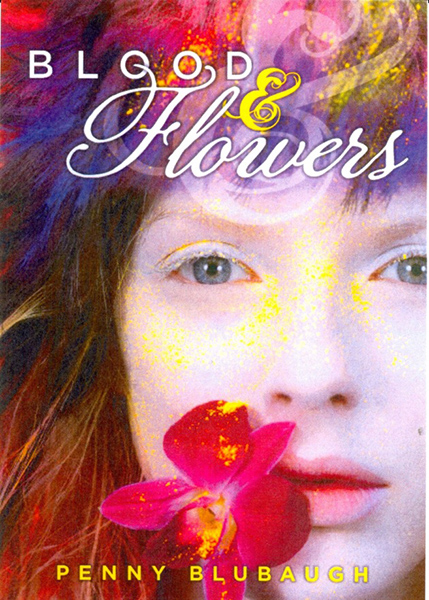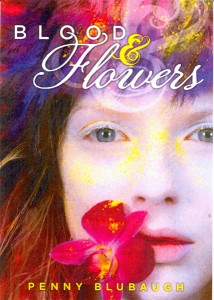

Persia, the protagonist of Penny Blubaugh’s “Blood and Flowers,” lives in a world where magic is illegal and fairy-world drugs are regularly dealt on the street. After she ditches her drug-addicted parents for a life on the streets, she stumbles into the arms of the Outlaws, a performance troupe. Their plays are tinged with magic, and all of the players have their secrets, but it’s the closest thing Persia has to a family.
Unfortunately, the Outlaws may lose everything they have. Enemies of the troupe want them gone and the only places to go are jail or the world of Faerie. Faerie would keep them free and performing, but it has dangers of its own — dangers that could get the entire troupe killed.
“Blood and Flowers” is a bit predictable; maybe real magic would have made things a little more wild and confusing, but as it is, I liked the story.
The characters make the book worth reading. Persia has sass and smarts, as do all of the other characters, but they’re all individuals too and well-fleshed out. Other than the villains. (Why do so few people think to develop their villains? I love villains!)
Don’t let the Tilda Swinton look-a-like on the cover fool you; there’s no white witch in this story going around and turning all of the characters into stone. In fact, in a story where magic is either vehemently banned or accepted, it’s rare that there’s any kind of sorcery at all.
However, it’s the different worlds that won me over. They contrast each other perfectly, each reflecting the dangers of the other while keeping their individuality. Earth manages to have just enough of a tinge of Faerie to make the dangers seem real, while Faerie has enough of Earth to make it believable. The world-crafting is simply beautiful, and considering how often it seems to be skimped on in some paranormal-fiction lately, I can’t help but love it.
